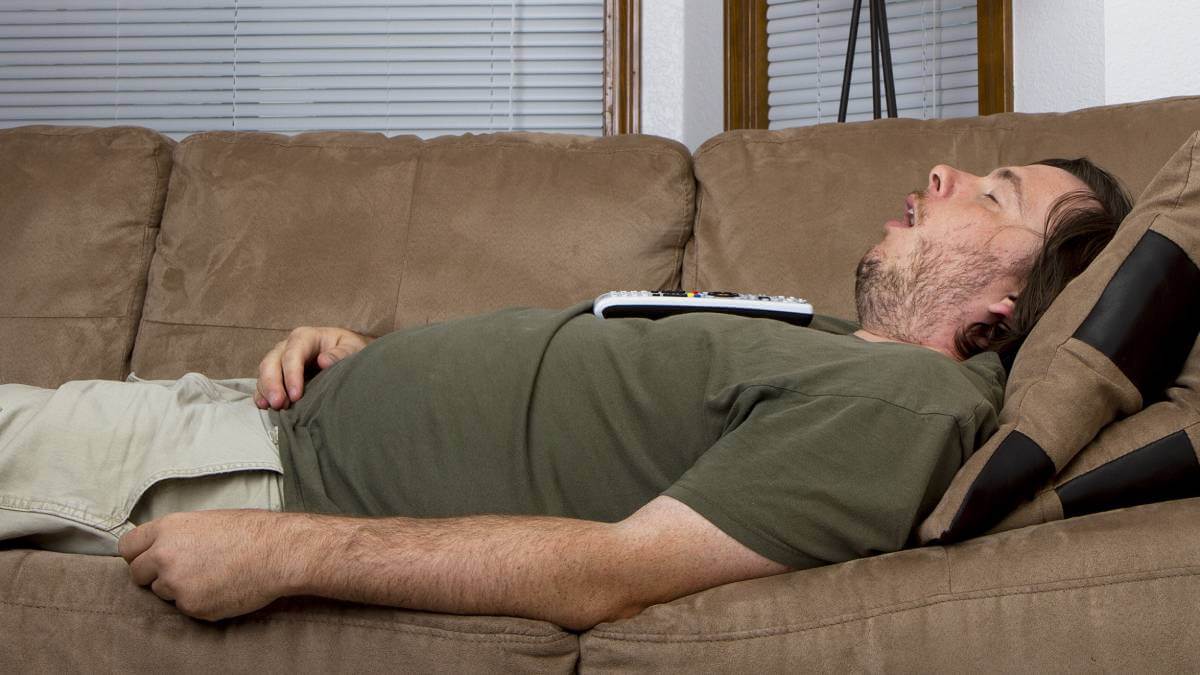Well, yes, but also maybe. It is possible to reverse prediabetes, but it’s going to take some significant changes in your lifestyle.
But first, what is prediabetes?
According to Diabetes Australia (DA), prediabetes describes a condition where blood glucose levels are higher than normal, but not high enough to be diagnosed as type 2 diabetes.
There is a strong genetic link, but lifestyle is also a factor. Unfortunately, without testing, there are no visible signs or symptoms.
Prediabetes puts you at risk of developing type 2 diabetes as well as cardiovascular disease.
DA estimates two million Australians have prediabetes and are at risk of developing type 2 diabetes. DA also claims about 5-10 per cent of people with prediabetes will go on to develop type 2 diabetes.
There is evidence the risk of developing type 2 diabetes can be reduced by up to 58 per cent in people who have prediabetes. But it’s going to take work.
Lose the weight
If you are overweight, aged over 45 and you suspect you are at risk, the first thing to do is consult your GP for a glucose test to confirm either way.
If you are diagnosed with prediabetes, the treatment is very similar to treatment for type 2 diabetes.
Basically, you need to improve your diet and move around more. Which is probably what we should all be doing.
According to Webmd, if you lose just 7 per cent of your body weight, it can make a huge difference.
Try to cut out, or radically reduce, your intake of saturated fats such as butter, full-fat dairy, fatty meats, takeaway foods, biscuits, cakes and pastries.
Increase your intake of high fibre, low glycaemic index (GI) foods such as oats, grains, legumes, starchy vegetables such as sweet potatoes and most fruits.
The second basic step of reversing prediabetes is increasing your exercise levels.
If you have a more sedentary lifestyle, no-one is expecting you to take up marathon running. Low-level exercise a few times a week and a couple of exercise sessions that make you puff and pant are ideal.
Exercise
DA recommends at least 30 minutes of ‘moderate’ intensity exercise on most days of the week and three, 20-minute sessions of ‘vigorous’ exercise a week.
DA also recommends some sort of resistance training such as weight lifting or resistance band training.
If the thought of exercising in public seems too much and gyms too expensive, there are hundreds of thousands of exercise videos on YouTube for every level and physical ability.
Webmd says it’s also important to keep a good sleep regime as it helps to keep your blood sugar at healthy levels.
And if you are still smoking, it’s time to quit. Smokers are much more likely to get type 2 diabetes than nonsmokers. And if you do get diabetes, your symptoms may be worse and your blood sugar may be harder to control.
Certain medications can help control your weight and blood sugar levels. Ask your doctor for advice.
Have you had a blood glucose test? Do you think you could change your lifestyle to avoid diabetes? Why not share your concerns in the comments section below?
Also read: Surprising type 2 diabetes risk found
Disclaimer: This article contains general information about health issues and is not advice. For health advice, consult your medical practitioner.

